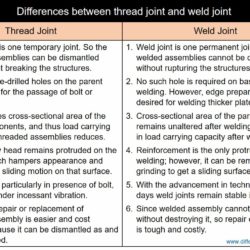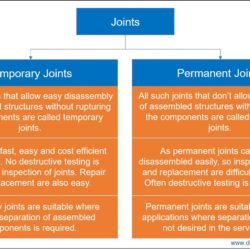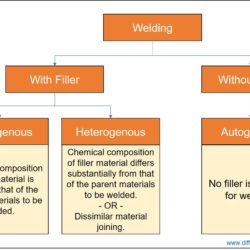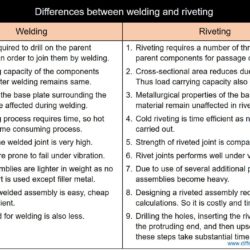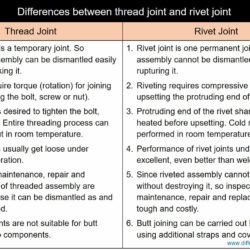Difference Between Thread Joint and Weld Joint
Joining can be performed either mechanically or chemically. A mechanical joint can be either temporary and permanent. A temporary joint is one that gives the provision of easy and quick dismantling of joined parts without rupturing them, whereas a permanent joint does not allow dismantling of assembled parts without breaking them. Weld joint and rivet joint are considered as permanent joints; while thread joint, cotter joint, knuckle joint, etc. are
